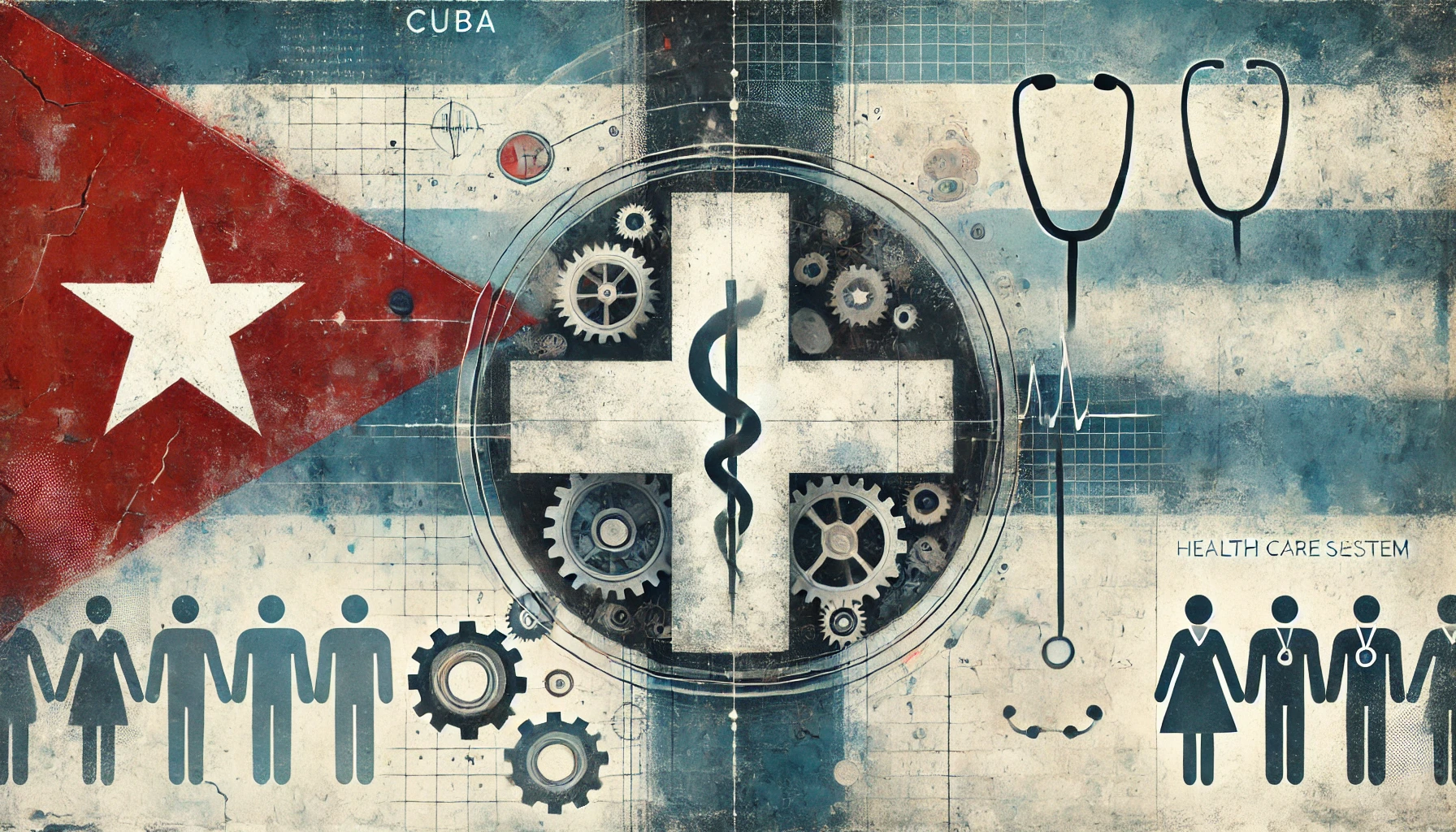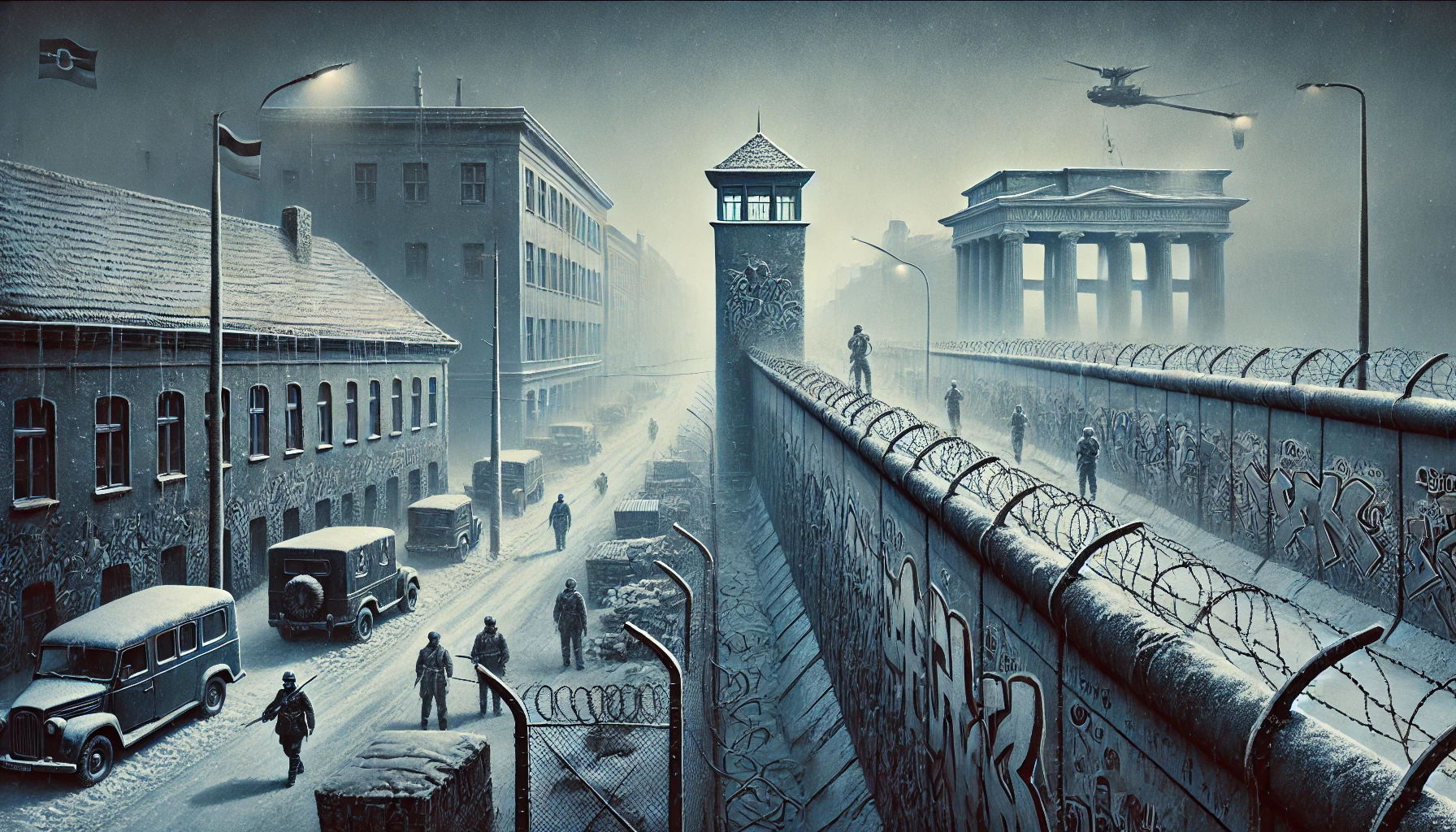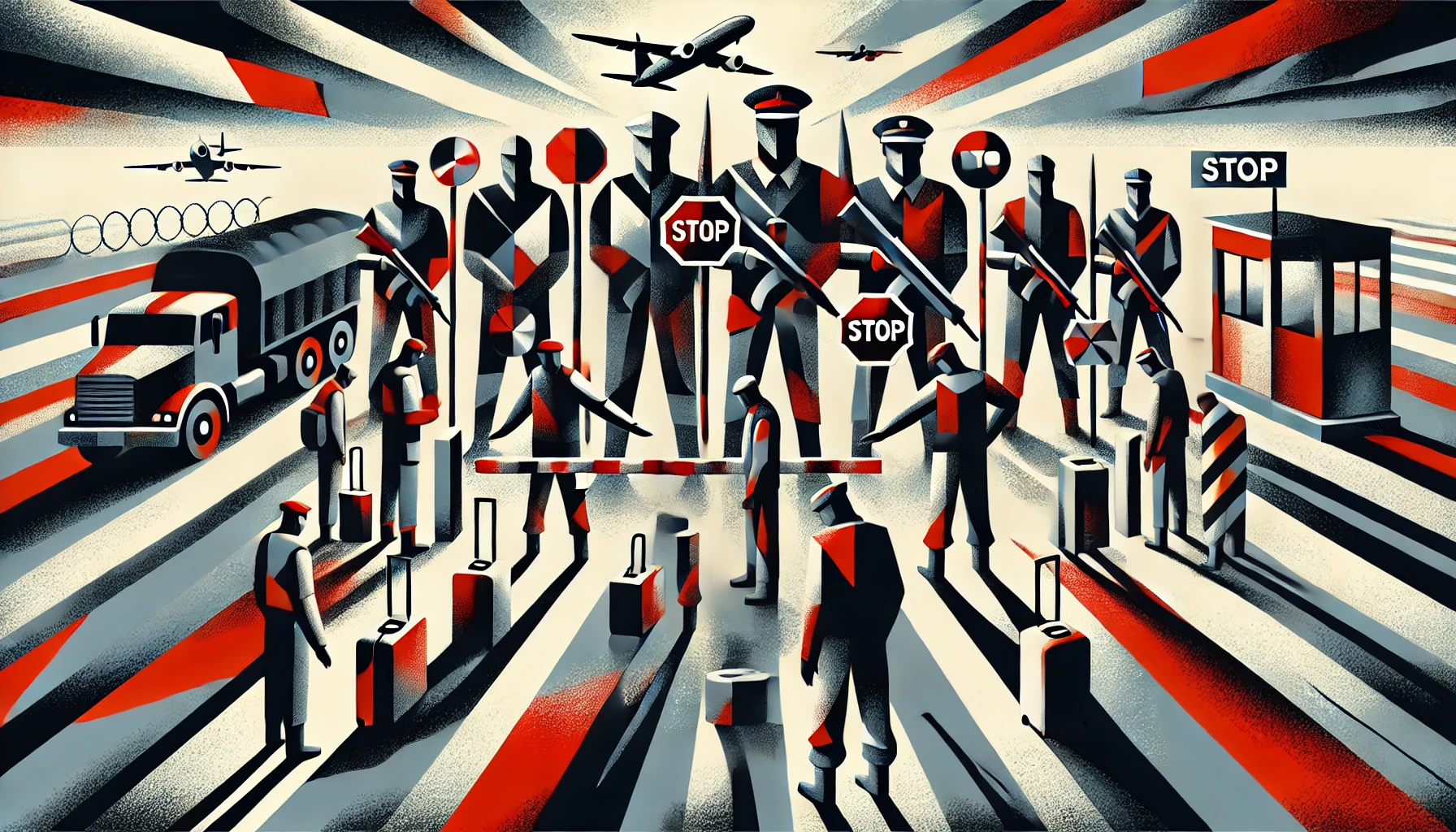The East German border controls, implemented by the German Democratic Republic (GDR) from 1949 to 1990, were among the most stringent and oppressive in the world. The GDR government, under the control of the Socialist Unity Party of Germany (SED), sought to prevent its citizens from fleeing to West Germany and maintain strict control over the population. This analysis will explore the historical context, the various measures employed, and the impact of these border controls on the lives of East Germans.
Historical Context
Following World War II, Germany was divided into four occupation zones controlled by the United States, Great Britain, France, and the Soviet Union. In 1949, the Soviet zone became the German Democratic Republic (East Germany), while the other zones formed the Federal Republic of Germany (West Germany) [1]. As the ideological differences between the two states grew, the GDR government began to implement measures to prevent its citizens from escaping to the West.
Border Fortifications and the Berlin Wall
The most notorious symbol of the East German border controls was the Berlin Wall. Constructed in August 1961, the wall divided the city of Berlin and served as a barrier to prevent East Germans from fleeing to the West [2]. The wall, along with the fortified border between East and West Germany, was heavily guarded by armed soldiers, watchtowers, and landmines. According to official GDR records, between 1961 and 1989, at least 140 people were killed trying to cross the border [3].
Surveillance and Repression
The East German government, with the help of the notorious Stasi (State Security Service), employed a vast network of informants and surveillance techniques to monitor its citizens [4]. People suspected of planning to escape or those who had family members in the West were subjected to increased scrutiny and harassment. The Stasi maintained files on millions of East Germans, documenting their activities and associations [5].
Economic and Social Impact
The border controls had a significant impact on the economy and society of East Germany. The government’s focus on preventing emigration led to a shortage of skilled workers and intellectuals, as many fled to the West when the opportunity arose [6]. East German citizens faced travel restrictions, limiting their exposure to the outside world and contributing to a sense of isolation and oppression.
Personal Accounts and Escapes
Despite the risks, many East Germans attempted to escape to the West. Some of the most dramatic escapes included tunnels dug under the Berlin Wall, hot air balloon flights, and even a zipline [7]. One notable example is the story of the Wetzel family, who escaped in a homemade hot air balloon in September 1979 [8]. These stories of courage and desperation highlight the human toll of the East German border controls.
Conclusion
The East German border controls were a brutal and oppressive system that violated the fundamental rights of East German citizens. The Berlin Wall, border fortifications, surveillance, and repression all contributed to an atmosphere of fear and isolation. The fall of the Berlin Wall in November 1989 and the subsequent reunification of Germany marked the end of this dark chapter in German history, but the scars left by the East German border controls continue to be felt by those who lived through it.
[1] Taylor, Frederick. The Berlin Wall: A World Divided, 1961-1989. New York: HarperCollins, 2006.
[2] Ibid.
[3] “Border Victims.” Berlin Wall Memorial. https://www.berliner-mauer-gedenkstaette.de/en/border-victims-239.html
[4] Koehler, John O. Stasi: The Untold Story of the East German Secret Police. Boulder, CO: Westview Press, 1999.
[5] Ibid.
[6] Dowty, Alan. Closed Borders: The Contemporary Assault on Freedom of Movement. New Haven: Yale University Press, 1987.
[7] “Escapes Across the Berlin Wall: From East to West.” The Local. August 13, 2021. https://www.thelocal.de/20210813/escapes-across-the-berlin-wall-from-east-to-west/
[8] Ibid.







